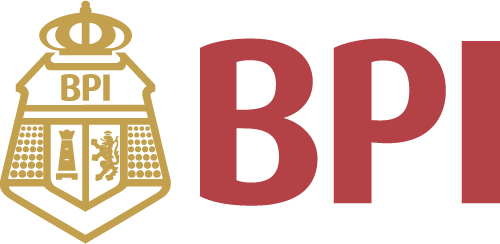All Categories


Qorpak MET-03088 Metal Unlined Round Paint Can with Triple Tite Lid and Securing Clips, 1/2 pint Capacity, 214 mm Diameter x 214 mm Height, Case of 48
Share Tweet








Qorpak MET-03088 Metal Unlined Round Paint Can with Features
-
Paint can has a wide mouth for filling ease and is used to hold substances that require protection from light, oxygen, gasses, and essential oils
-
Metal body for rigidity, strength, and its ability to withstand temperature variations
-
Round shape used for a wide variety of common applications that require fluid or substance containment
-
Resealable lid with clips secures contents to help prevent spills and evaporation
-
Sterilize-able for applications that require sterility
About Qorpak MET-03088 Metal Unlined Round Paint Can With
Product Description The Qorpak wide-mouth round paint can has a metal body and a resealable lid, and it can be sterilized. This can has a wide mouth for filling ease and is used to hold substances that require protection from light, oxygen, gasses, and essential oils. The tin-plate metal body provides rigidity, strength, and the ability to withstand temperature variations. Its round shape used for a wide variety of common applications that require fluid or substance containment. The can has a resealable lid with securing clips to secure contents and help prevent spills and evaporation. This can is sterilize-able for applications that require sterility. This can is suitable for use storing paints, varnishes, pastes, adhesives, and other substances. Lab bottles are used to store, hold, and mix liquids, powders, and other substances in a wide variety of scientific industries. Lab bottles have a more pronounced neck and shoulder than jars. Lab bottles are manufactured with a combination of characteristics in order to meet the demands of particular applications, such as for solution dispensing, mixing, and weighing, and use in centrifuge operations. They come in many shapes for specific applications, with a variety of mouth or nozzle shapes and sizes for specific use. Lab bottles are made from materials, such as glass (borosilicate or soda-lime) and an array of plastics, which are selected for chemical and thermal expansion resistance, transparency, and their adaptability in a variety of applications. Lab bottle interiors, caps, and lids are often lined with a protective material. Caps and lids help seal bottles to prevent solutions from spilling. The capacity refers to the fluid amount held by a lab bottle, and is commonly measured in milliliters (mL) and liters (l), and sometimes in ounces (oz). Lab bottles are suitable for use in chemistry and biology applications, as well as in pharmaceutical and scientific testing. Qorpak manufactures and supplies glass jars, jugs, beakers, and bottles, and fiberboard mailing tubes and mailers for fluid containment and shipping applications in the pharmaceutical, chemical, petroleum, environmental, and educational fields. The company is headquartered in Bridgeville, PA. Vintage Notes The Qorpak wide-mouth round paint can has a metal body and a resealable lid, and it can be sterilized. This can has a wide mouth for filling ease and is used to hold substances that require protection from light, oxygen, gasses, and essential oils. The tin-plate metal body provides rigidity, strength, and the ability to withstand temperature variations. Its round shape used for a wide variety of common applications that require fluid or substance containment. The can has a resealable lid with securing clips to secure contents and help prevent spills and evaporation. This can is sterilize-able for applications that require sterility. This can is suitable for use storing paints, varnishes, pastes, adhesives, and other substances. Lab bottles are used to store, hold, and mix liquids, powders, and other substances in a wide variety of scientific industries. Lab bottles have a more pronounced neck and shoulder than jars. Lab bottles are manufactured with a combination of characteristics in order to meet the demands of particular applications, such as for solution dispensing, mixing, and weighing, and use in centrifuge operations. They come in many shapes for specific applications, with a variety of mouth or nozzle shapes and sizes for specific use. Lab bottles are made from materials, such as glass (borosilicate or soda-lime) and an array of plastics, which are selected for chemical and thermal expansion resistance, transparency, and their adaptability in a variety of applications. Lab bottle interiors, caps, and lids are often lined with a protective material. Caps and lids help seal bottles to prevent solutions from spilling. The capacity refers to the fluid amount held by a lab bottle, and is commonly measured in























